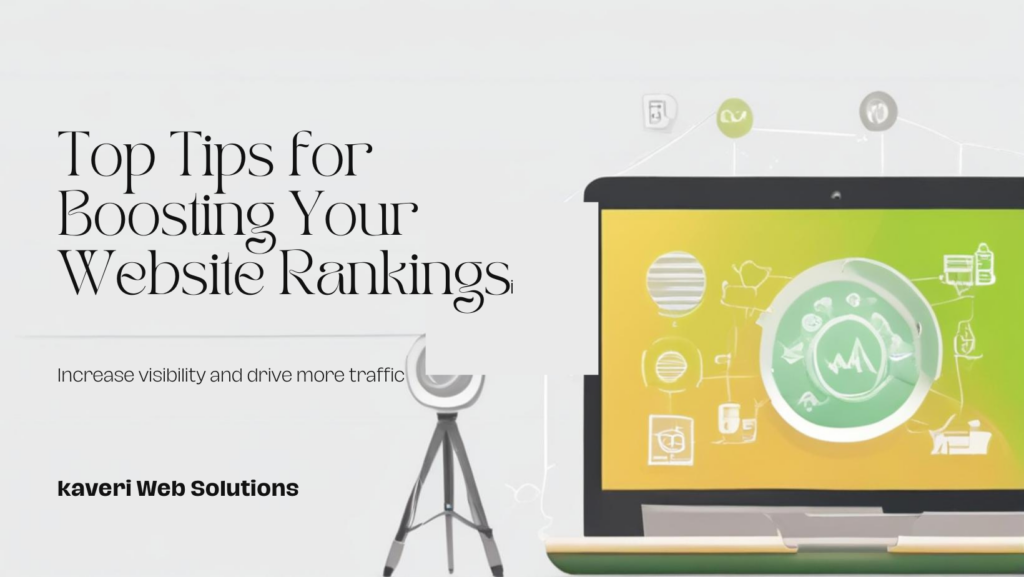Search engine algorithms change constantly, and Google frequently updates its guidelines. However, some SEO best practices remain effective regardless of algorithm updates. If you want to future-proof your rankings and maintain organic traffic, these strategies should always be part of your SEO strategy.

Let’s explore the 7 SEO best practices you should implement no matter what Google says!
 Create High-Quality, User-Focused Content
Create High-Quality, User-Focused Content
Google’s algorithms may change, but valuable content will always rank higher. Focus on:


Pro Tip: Optimize for search intent—understand whether users are looking for information, comparisons, or direct purchases and tailor content accordingly.
 Optimize for Page Speed & Core Web Vitals
Optimize for Page Speed & Core Web Vitals
User experience (UX) is key, and slow-loading pages increase bounce rates. To improve your website speed:


Pro Tip: Use Google’s PageSpeed Insights or GTmetrix to analyze and improve your site’s performance.
 Prioritize Mobile-First Indexing
Prioritize Mobile-First Indexing
Google now indexes mobile versions first, meaning if your site isn’t mobile-friendly, your rankings will suffer. Follow these steps:


Pro Tip: Test your site with Google’s Mobile-Friendly Test Tool.
 Optimize On-Page SEO Elements
Optimize On-Page SEO Elements
Your title tags, meta descriptions, and header tags play a crucial role in SEO. Ensure:


Example of an Optimized Title:
 Build a Strong Internal Linking Structure
Build a Strong Internal Linking Structure
Internal links help search engines crawl your site efficiently and improve user engagement. Best practices:


Pro Tip: A well-structured internal linking strategy can reduce bounce rates and increase dwell time, which Google considers for rankings.
 Improve Image SEO & Alt Text Optimization
Improve Image SEO & Alt Text Optimization
Images enhance content but must be optimized for SEO:


Example of Optimized Alt Text:

 Build Authoritative Backlinks
Build Authoritative Backlinks
High-quality backlinks boost domain authority and search rankings.


Pro Tip: Run a backlink audit using tools like Ahrefs, SEMrush, or Moz to disavow toxic links.
Final Thoughts: SEO Beyond Google’s Updates
SEO is not just about Google’s algorithm changes—it’s about delivering value to users. By following these timeless SEO best practices, your website will maintain strong rankings, organic traffic, and user engagement regardless of future updates.



